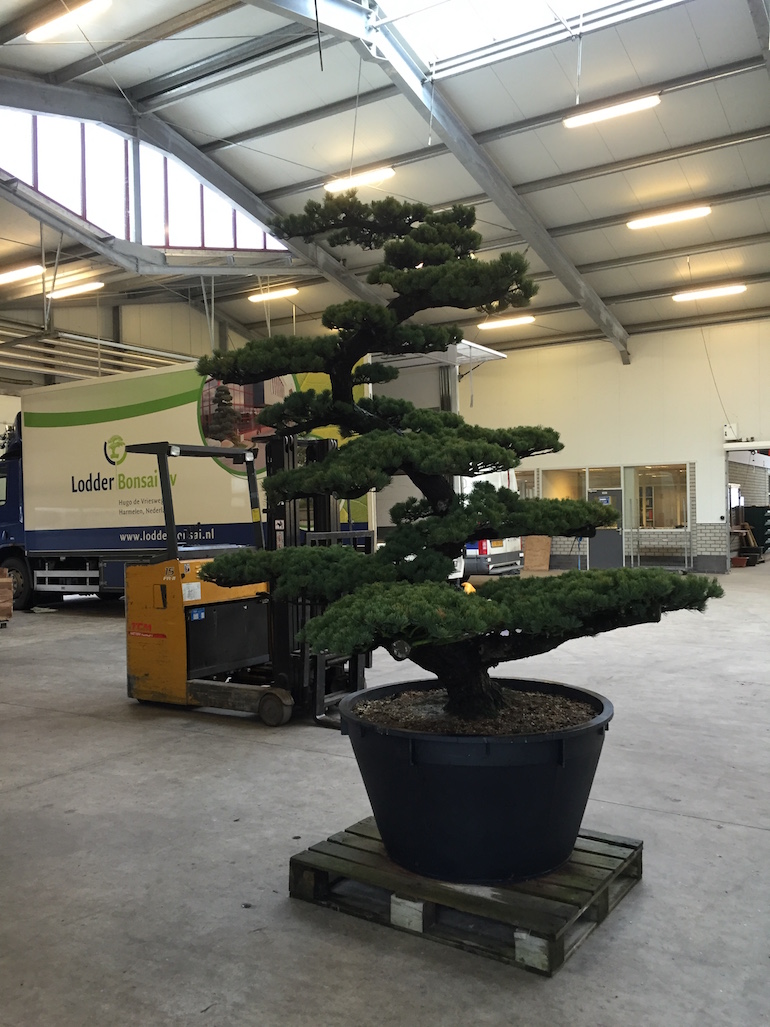
Chemical control is usually neither necessary nor practical. Prevention & Treatment: Pruning out galled branches and trees may be effective. High humidity during spore dissemination increases the incidence of infection. All spores, which infect both pine and oak, are primarily windborne. On the underside of the leaves, yellow to orange spores may be visible. Infection on oak leaves causes small necrotic or chlorotic areas. Red and black oaks are the most important alternate hosts. Trees are greatly weakened and subject to wind damage and breakage. The galls disrupt the sap flow, often girdling and killing the part of the tree above or outside of it. Infection results in the formation of spherical galls, which completely surround the stem. On southern pines, the disease is sometimes confused with fusiform rust. Hard pines – such as Scotch, Austrian, pitch, loblolly, and shortleaf – are generally more susceptible than soft pines, such as white pine. This disease is caused by the fungus Cronartium quercuum. Stem breakage can occur, which may lead to tree death.Įastern pine gall rust ( Cronartium quercuum). Galls slowly enlarge each year, and dieback of small stems or cankers on larger stems often occur. Stems begin to swell four to six months after infection, resulting in spindle-shaped galls. Symptoms consist of purplish spots at the site of stem infection. This disease can affect pines whether they’re grown in a production forestry stand, natural woodland, or urban setting. fusiforme, is one of the most economically important diseases affecting pines in the Southeast. Fusiform Rustįusiform rust, caused by the fungus Cronartium quercuum f.sp. If infected portions of a tree are removed, it is best to destroy that material, as fungal spores can still be spread from cut branches or stems. Maintaining healthy pine trees by following recommended cultural practices (see HGIC 1020, Pine) is the first line of defense in preventing most of these diseases. Some of these can be very detrimental, even causing tree death, while others cause only minor aesthetic issues.

Several pine diseases are common in South Carolina.
White pine full#
Pines grow best in full sun on well-drained, acid soil. There are over 125 pine species worldwide, nearly all of which are native to the northern hemisphere and of which 36 are native to the United States. Pine trees ( Pinus species) are important to South Carolina not only for their ornamental value but also for lumber, watershed management, wildlife habitat, and Christmas trees.


 0 kommentar(er)
0 kommentar(er)
